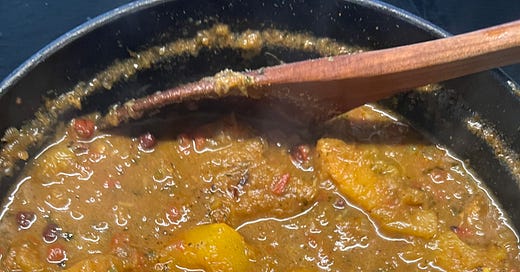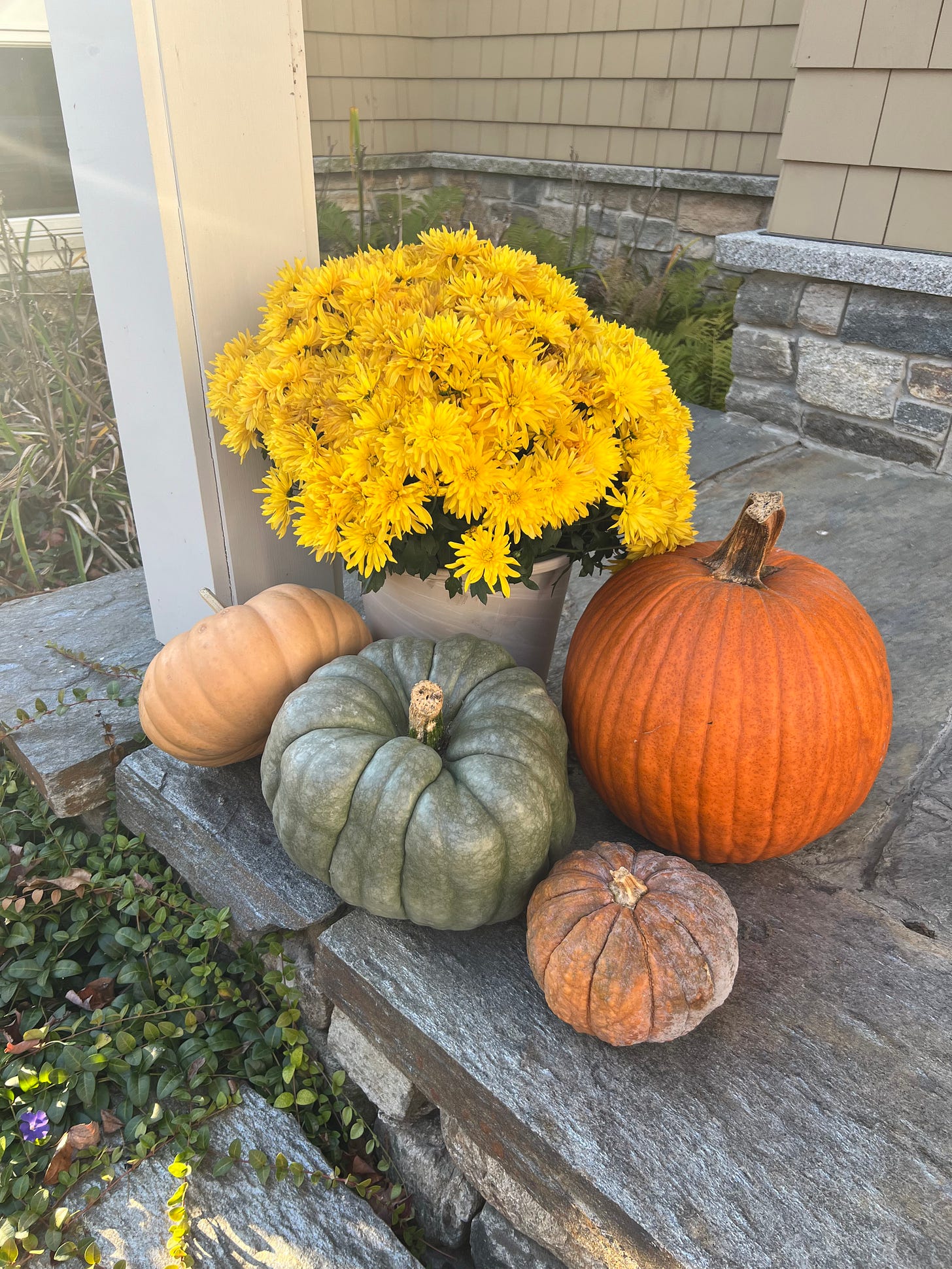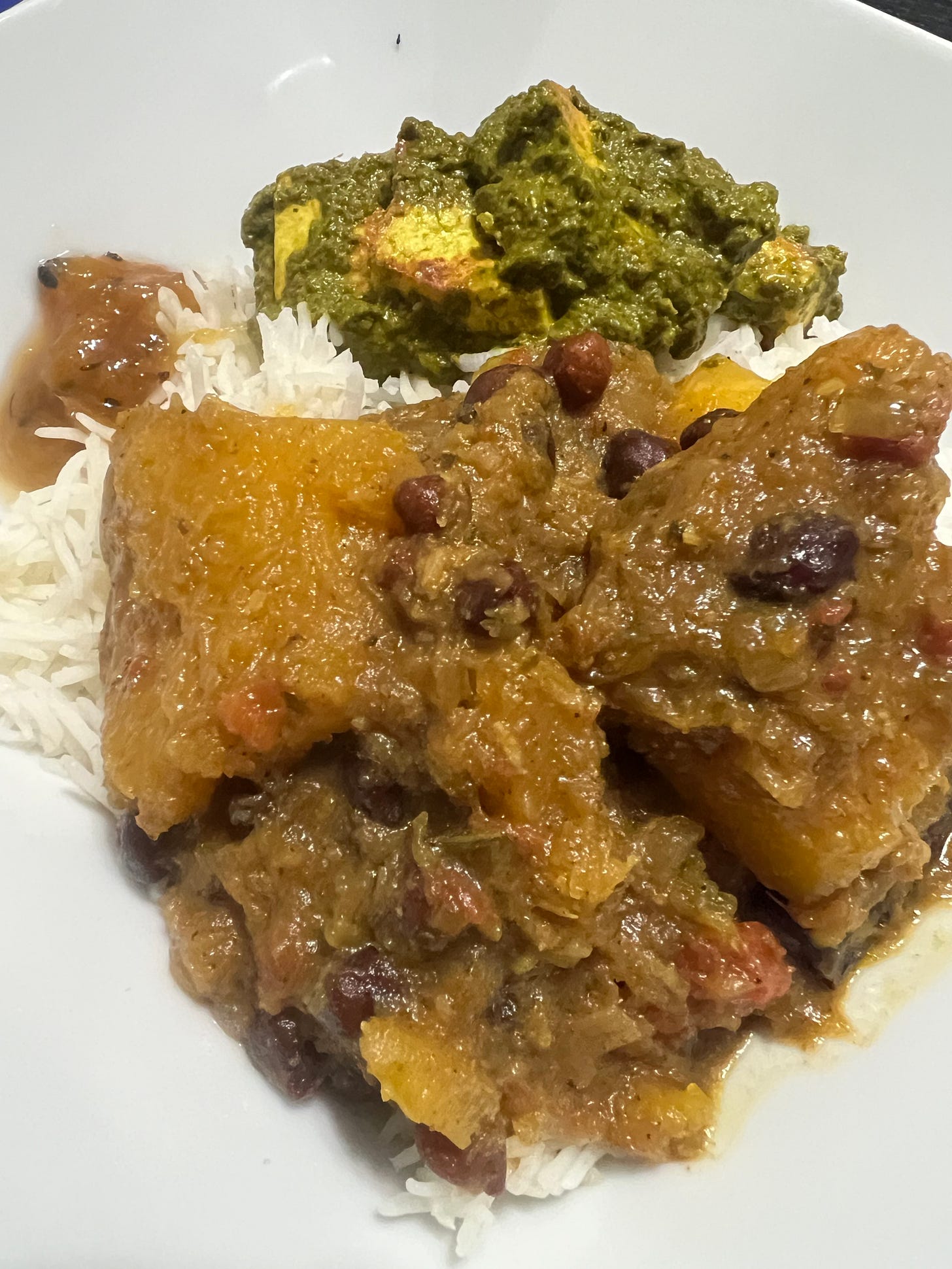You’d have to be living under a giant gourd not to notice “pumpkin spice” has found its saccharine scent into everything, from lattes to bagels to Spam and even skincare products. According to Nielson retail data, Americans now spend more than half a billion dollars a year on pumpkin-spice scented products. Pumpkin spice season—yes, it has its own season—now begins in August, and you can be sure the amount we’ll spend this year will be bigger than last.
What we now call “pumpkin spice” was once known as “pumpkin pie spice,” a combination of allspice, cinnamon, cloves, ginger, and nutmeg that used to be relegated to the baking section of the grocery store. Once purchased, it was traditionally placed in the back of the kitchen spice cupboard, where it gathered dust until that one time a year, Thanksgiving, when it was needed to bake a pumpkin pie, by which time no one would remember it was there or could find it. Another bottle or tin would often be purchased.

In 2002, Starbucks came up with the idea of introducing seasonally flavored lattes. The first was peppermint mocha, an unexpected success. The following year pumpkin spice latte tested well. A monster was created.
But why do we only associate the flavor of pumpkin with sweet things, I’ve wondered? Nobody even likes pumpkin pie that much. For proof, note that we’ve abandoned the pie association altogether and that pumpkin spice contains no hint of the actual flavor of pumpkin at all.
Faced with hundreds of beautiful pumpkins at the Edgewater farm stand and Riverview Farm, both down the street from us in Plainfield, New Hampshire, I wanted to do something different with pumpkin. First, Nate asked that I create a little fall tableau for our front porch. Of course, I selected the pumpkins that were both interesting to look at but also described as delicious to eat. “Dense, sweet flesh.” “Earthy flavor.” “Perfect for pie.”
And now I’ve got to start cooking all sorts of things with pumpkin. If you’ve been following along with me for a while, you might remember how two pumpkin (spice) seasons ago, back in Issue #19, I advised you to split your winter squash in half, remove the seeds, and roast it so you have the pulp in the fridge ready to use for all sorts of things, from purées to soups to scones and yes, even pies. I have some in my fridge right now.
But this weekend, I got it in my head to make a savory pumpkin curry—chunks of raw pumpkin or other winter squash simmered in a generously spiced broth. Years ago I fell in love with a West Indian pumpkin curry that an old Trinidadian friend of my mother’s, Linette, who was a wonderful cook, used to serve with buttery roti and coconut bread. As I was planning to serve this pumpkin curry with some palak paneer (see Issue #57) and basmati rice, I aspired to make a more East Indian flavored curry—a little spicier, more savory, than its West Indian cousin. The result was lick-the-plate good.
Don’t be put off by the long list of ingredients. It’s mostly spices you should have in your cupboard if you make Indian food even just once in a while. Substitute a curry powder for most of them if you have one you like. You’ll note that there’s even a little crossover with pumpkin spice. You could throw some in, if you can find it.
The biggest challenge is peeling the raw squash, which is always awkward, and if you don’t have a sharp paring knife, can even be a little dangerous. (Thats’s why I advise you to roast it for most things.) To make the task a little easier and safer, cut the seeded, unpeeled squash into small chunks and then peel each one individually. It takes a little longer, but it’s more manageable.

RECIPE: Pumpkin Curry
Yields 6 servings, depending on what else you serve with it
1 to 2 teaspoons Kashmiri chili powder or other red, flavorful, mild chili powder
1 1/2 teaspoons ground coriander
1 teaspoon garam masala
1/2 teaspoon ground cumin
1/2 teaspoon ground fennel seed
1/4 teaspoon turmeric
Salt
3 tablespoons ghee, coconut oil, or vegetable oil
1 bay leaf, Indian or Turkish
1 star anise
1 2-inch cinnamon stick
2 medium onions, finely chopped
1 small green chili, seeded and chopped
Salt
1 large clove garlic, grated to a paste on a Microplane
1 knob ginger, not peeled, grated to a paste on a Microplane
1 pound seeded and peeled pumpkin or any dense winter squash, such as butternut, kabocha or red kuri, cut into large chunks
2 Roma tomatoes, finely chopped, or 1 cup tomato purée
1 cup boiling water
3/4 cup coconut milk
1 cup cooked black or white chickpeas, or other bean
1 tablespoon dried fenugreek leaves, crushed
1 teaspoon amchur, tamarind paste, or lemon juice, to taste
1 teaspoon brown sugar or maple syrup
Handful fresh cilantro, chopped
In a small bowl combine the Kashmiri chili, coriander, garam masala, cumin, turmeric, and 1 teaspoon of salt. Set aside.
In a Dutch oven, heat the ghee or oil over medium-high heat. Add the bay leaf, star anise, and cinnamon stick, stir a few times, and after about 30 seconds when the pan begins to sizzle, add the onion, green chili, and a pinch of salt. Cook for 5 or 6 minutes until the onion softens and begins to brown. Add the garlic and ginger and cook a minute or so until fragrant. Add the dried spice mixture and cook 30 seconds to bloom. Add the pumpkin and tomatoes and stir carefully to coat with the spices. Add the boiling water, coconut milk, and chick peas. Bring up to a boil, scraping the bottom of the pan to loosen anything that has stuck. Turn down the heat to low, cover, and let simmer 20 to 30 minutes until the pumpkin is soft and the mixture has thickened. Remove the lid, stir in the fenugreek, amchur or other souring agent, and sugar, and stir to incorporate. Taste and adjust the seasoning. Garnish with a handful of chopped cilantro before serving.






